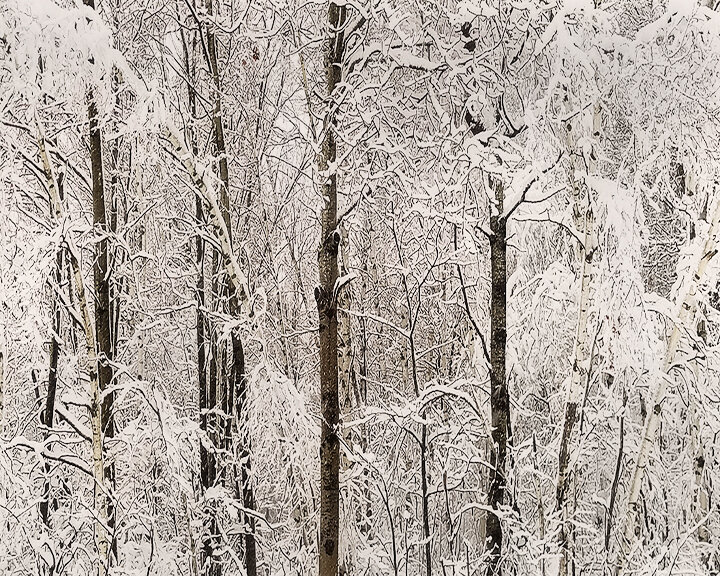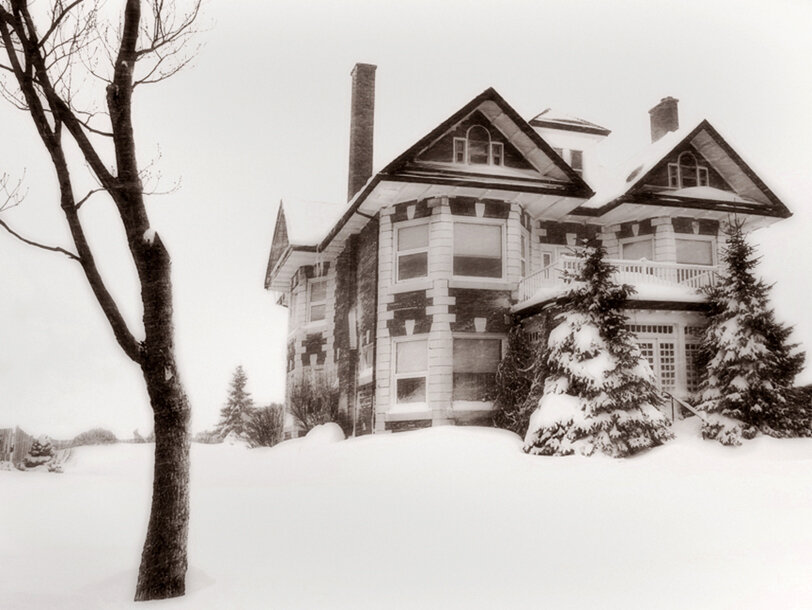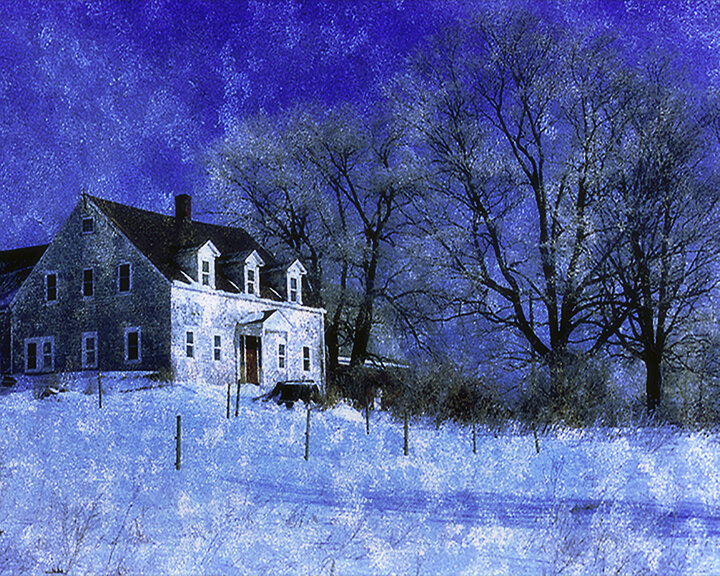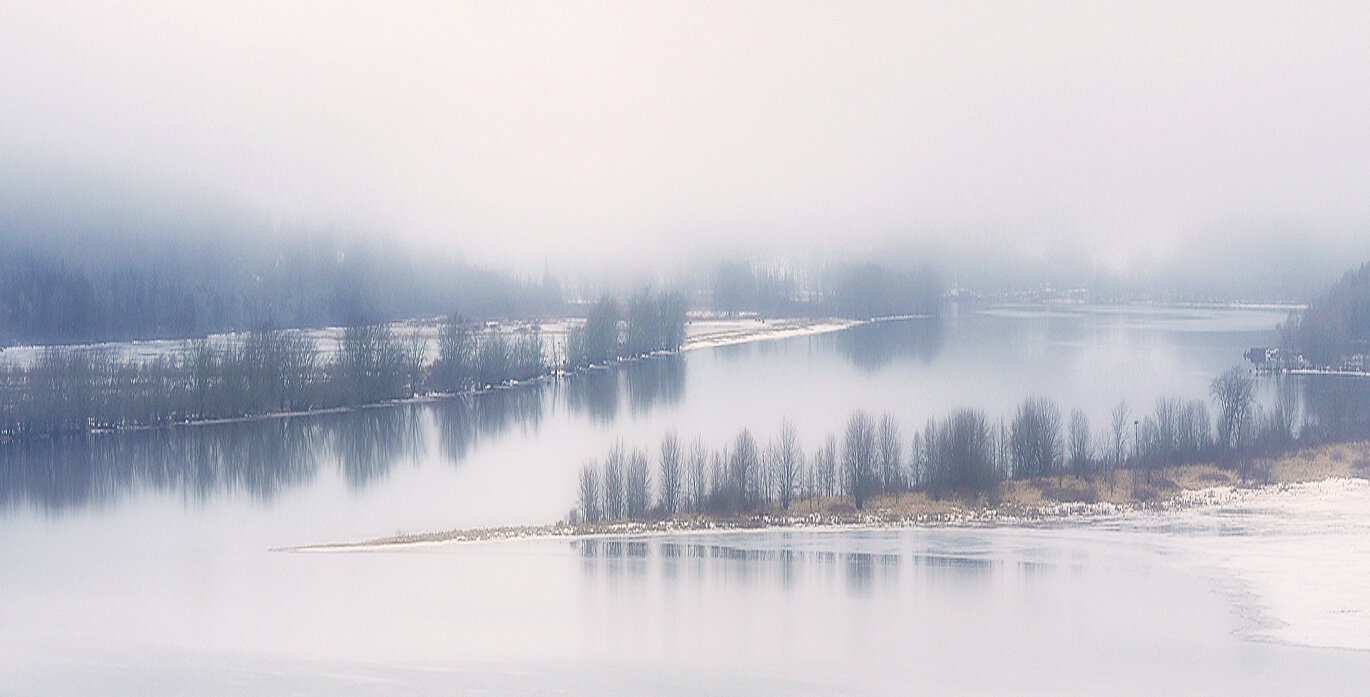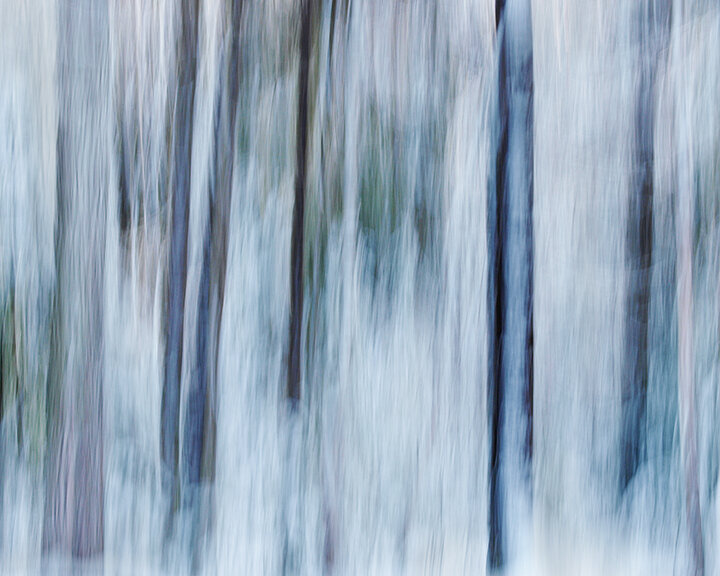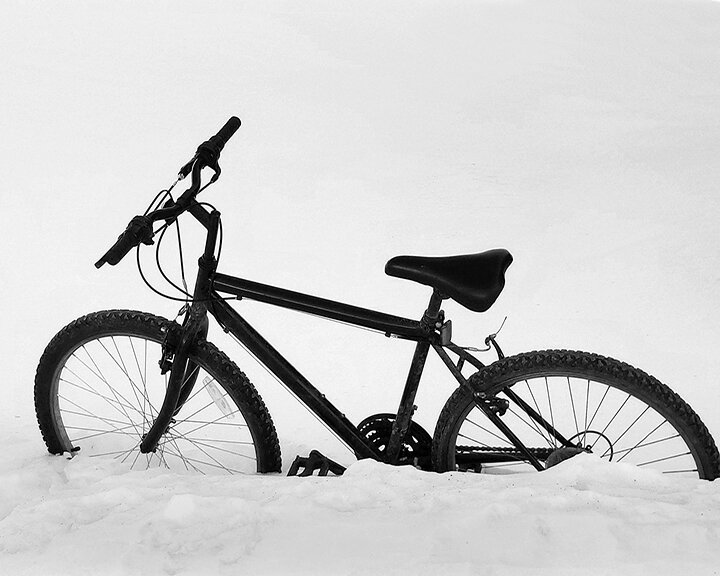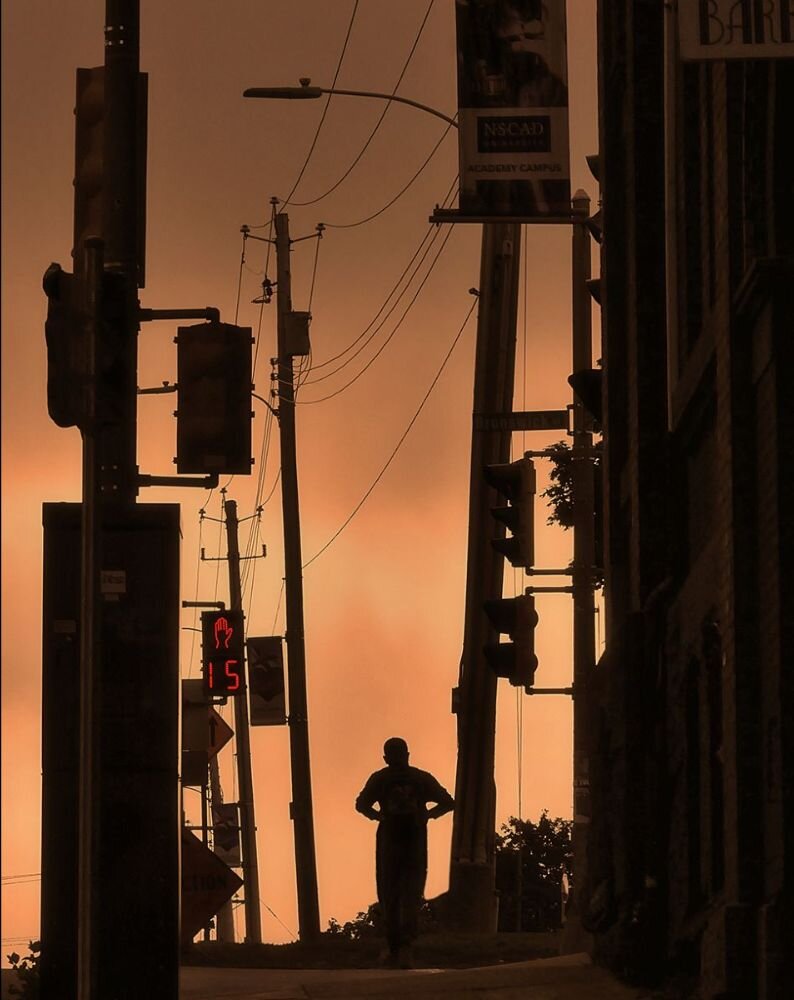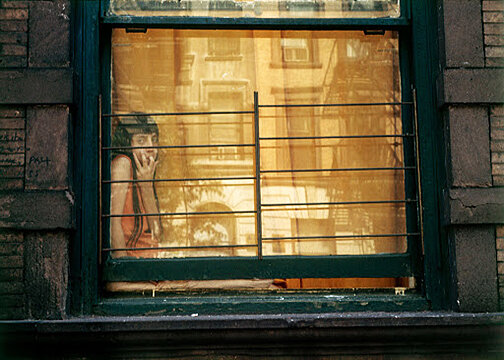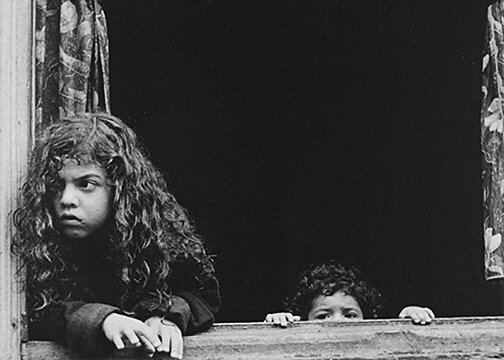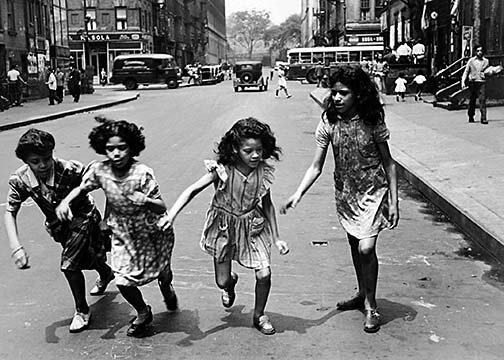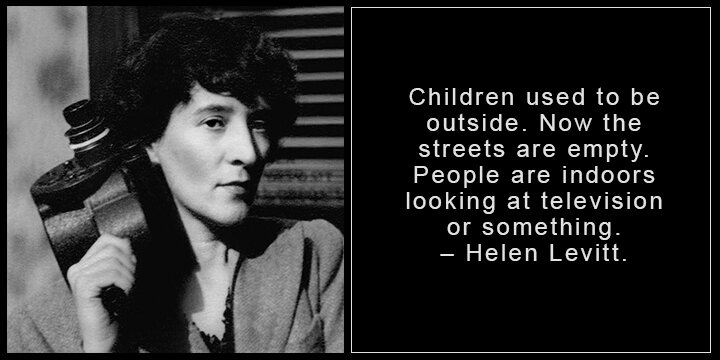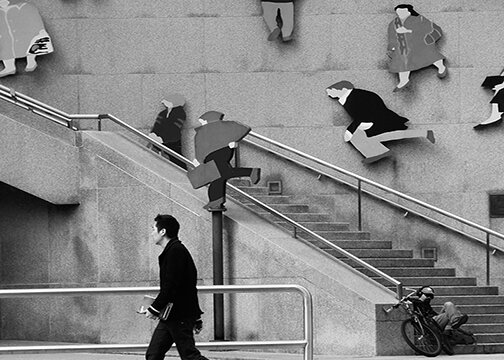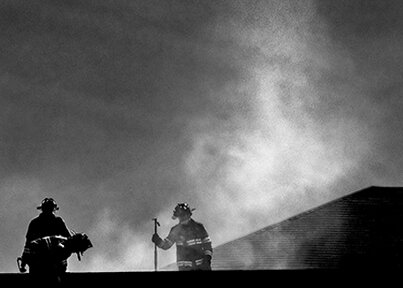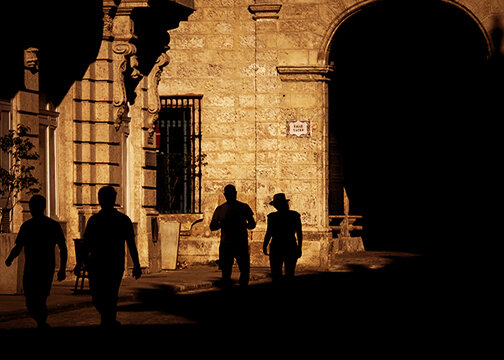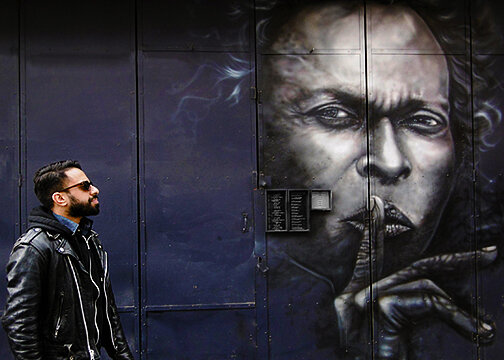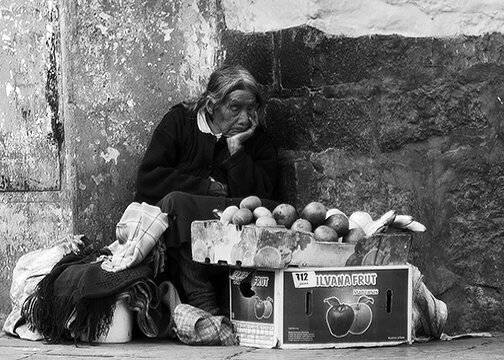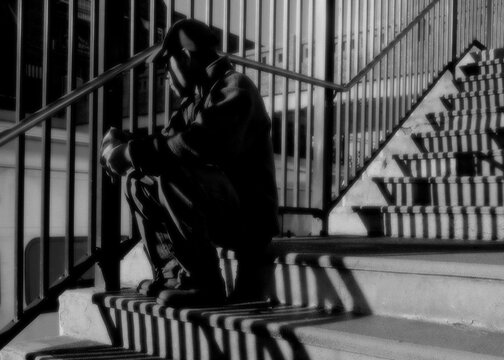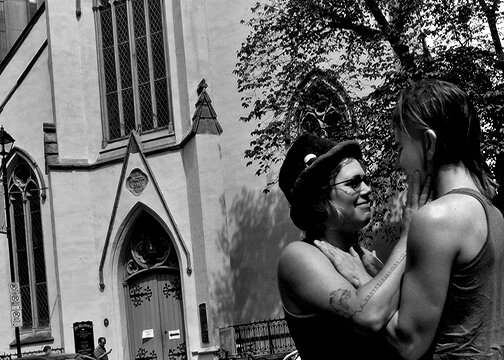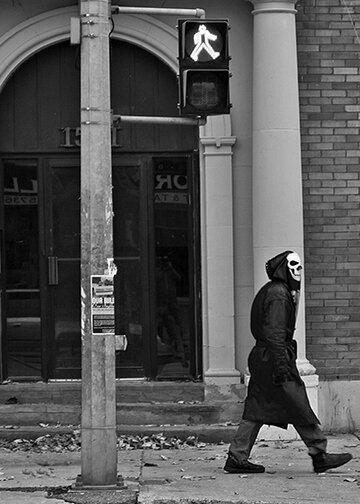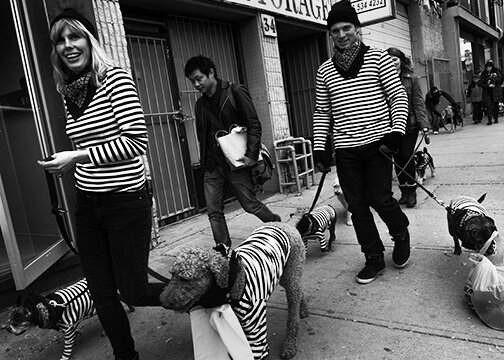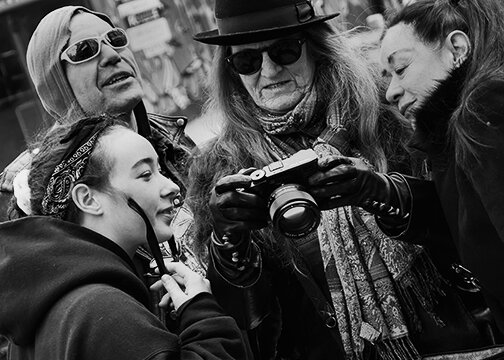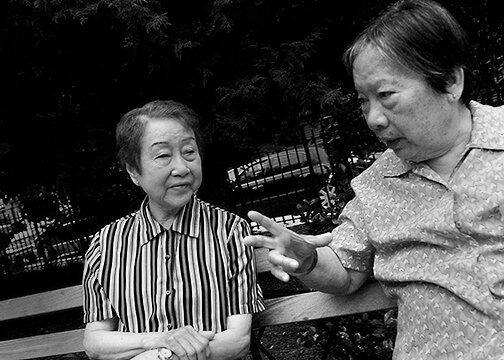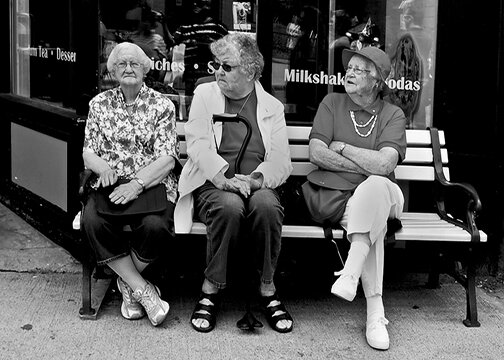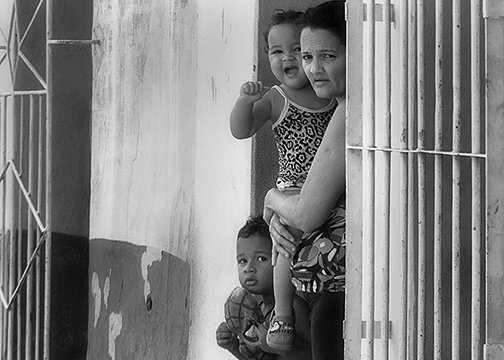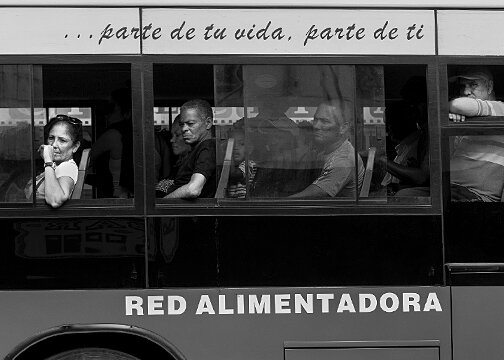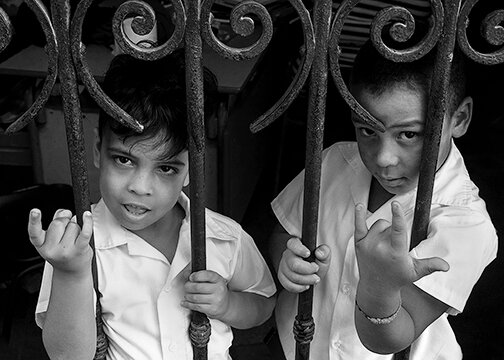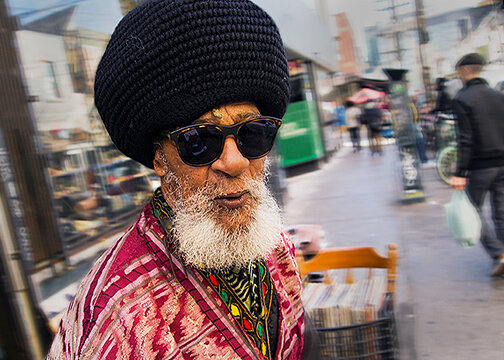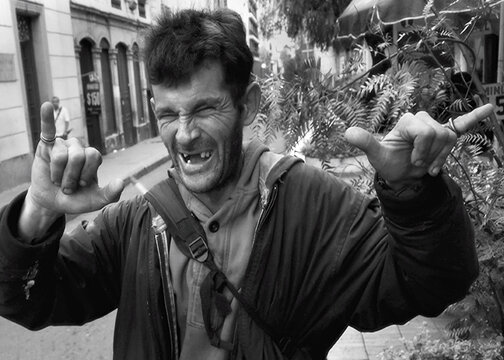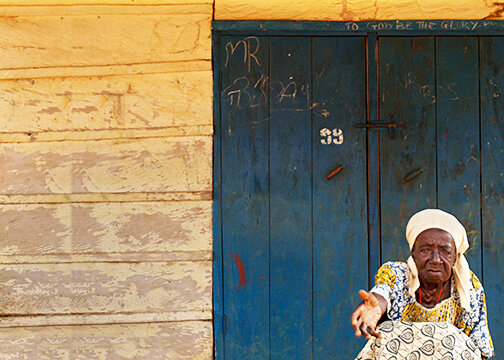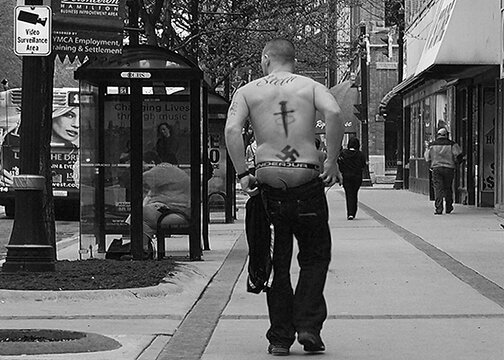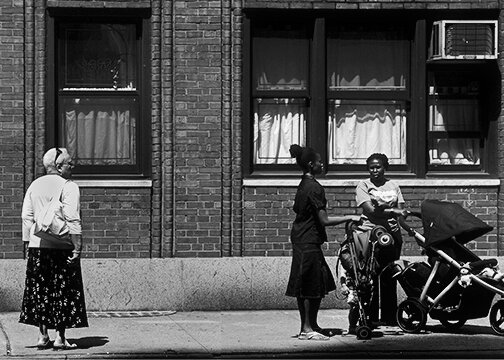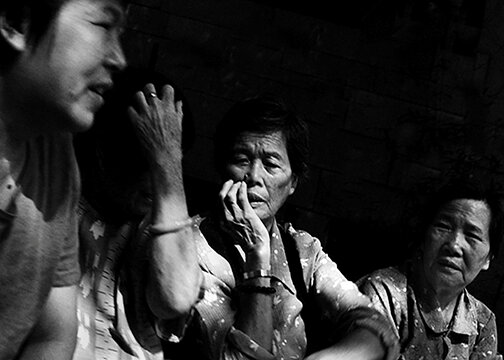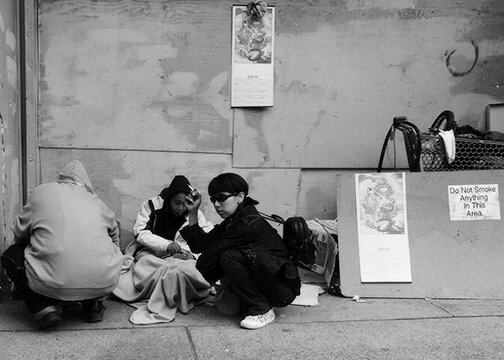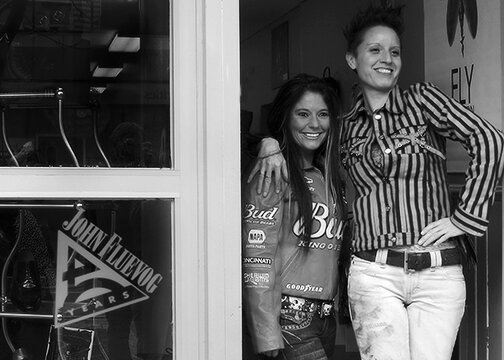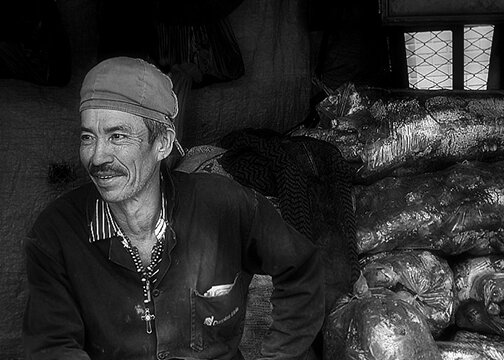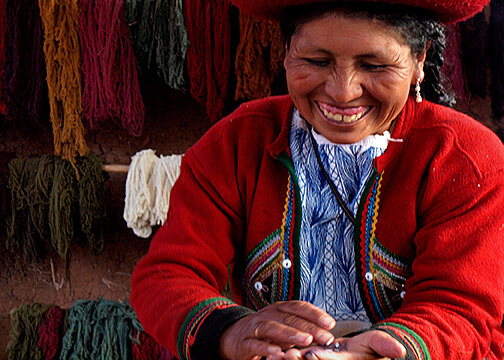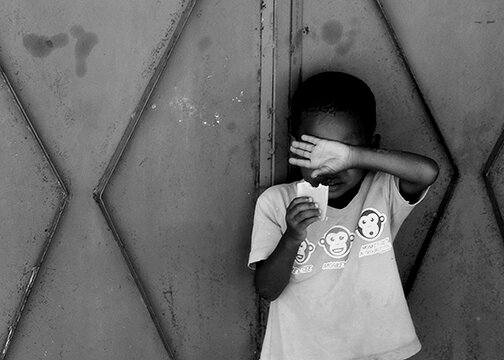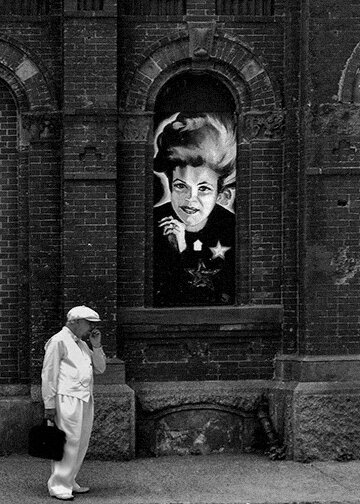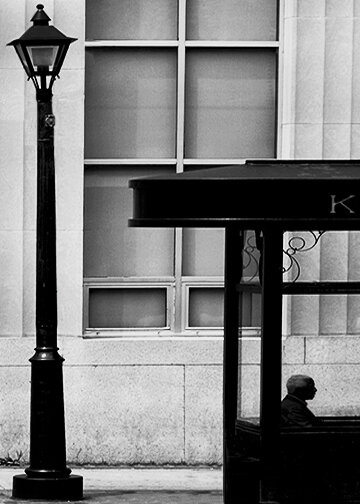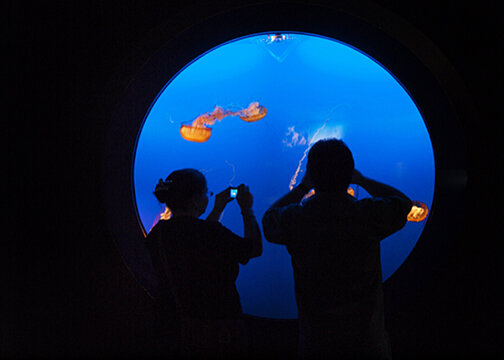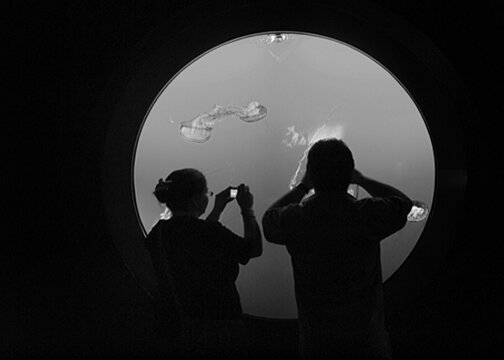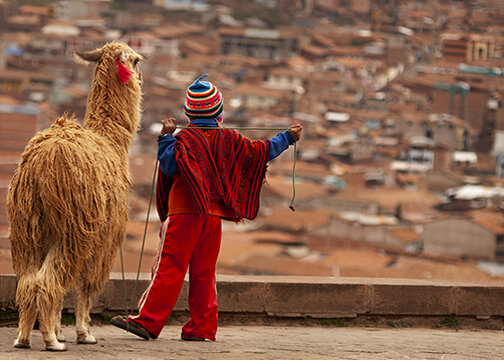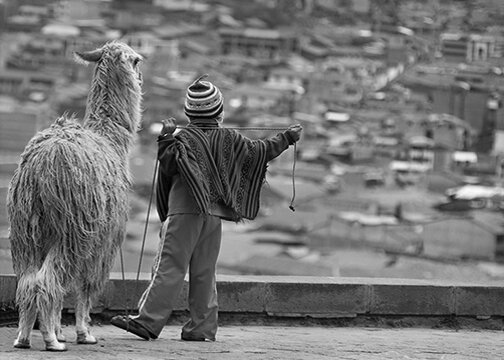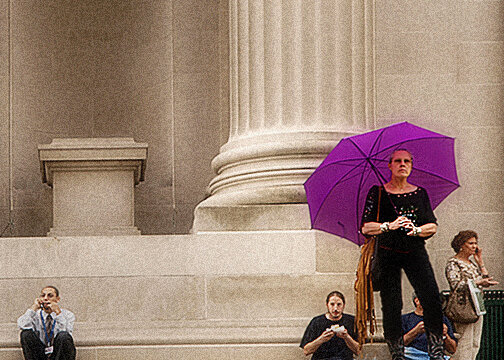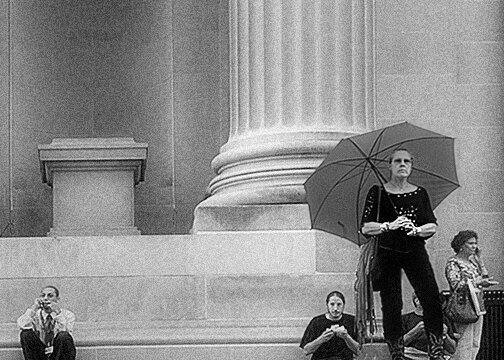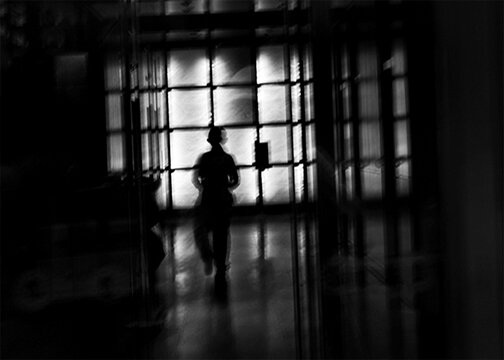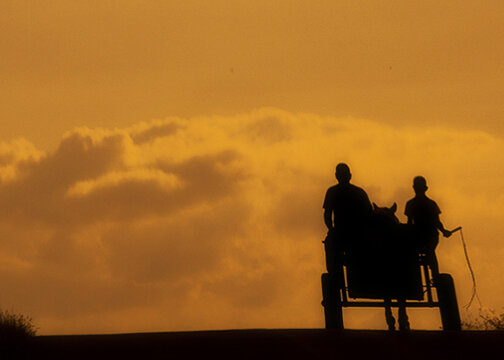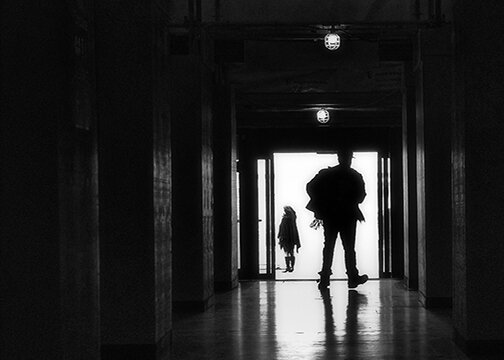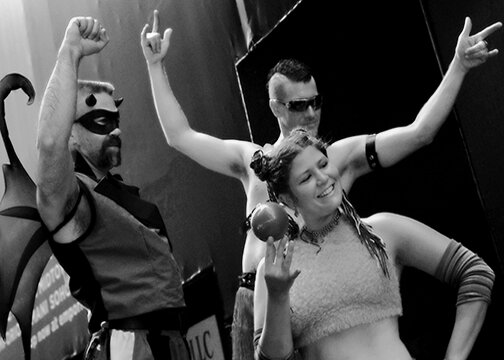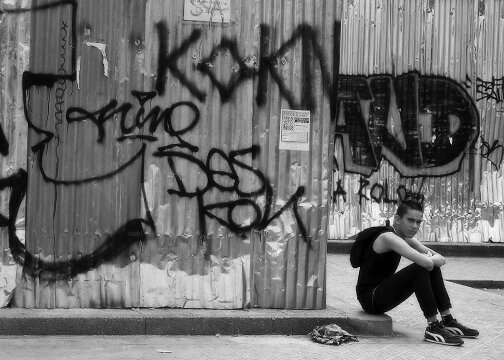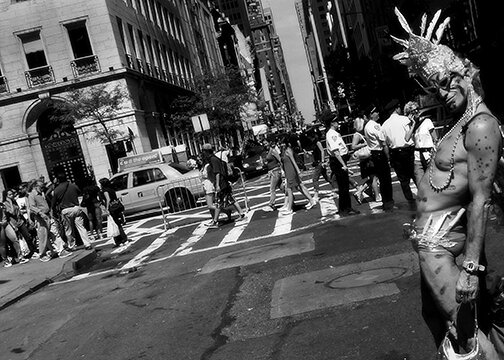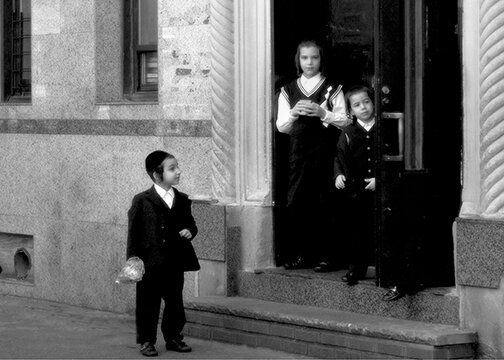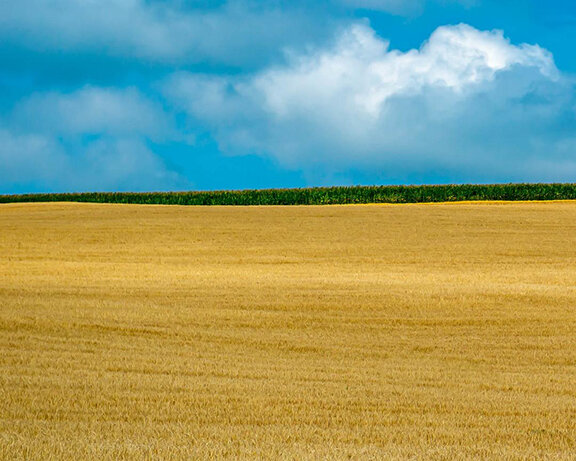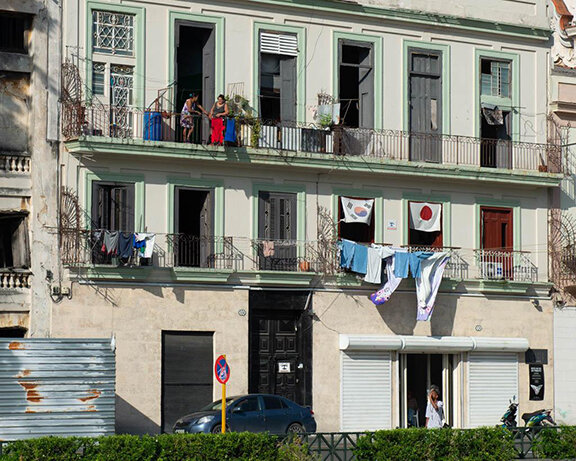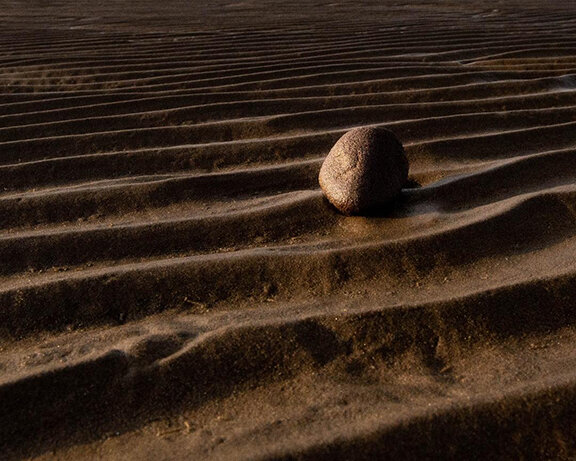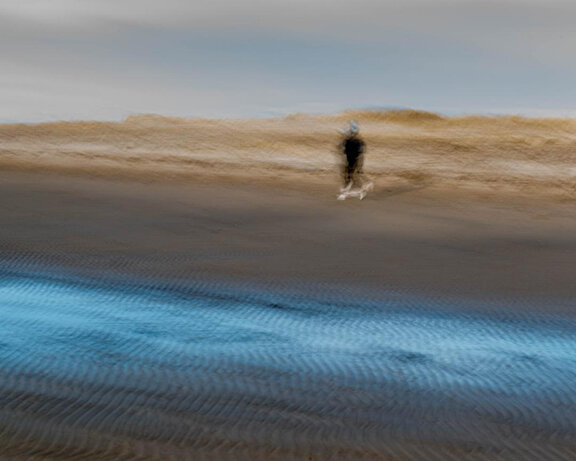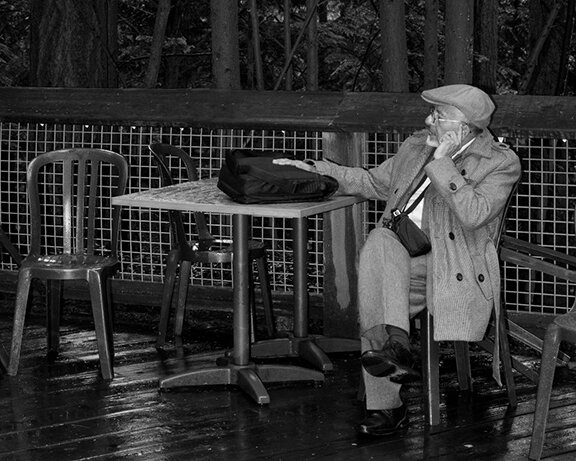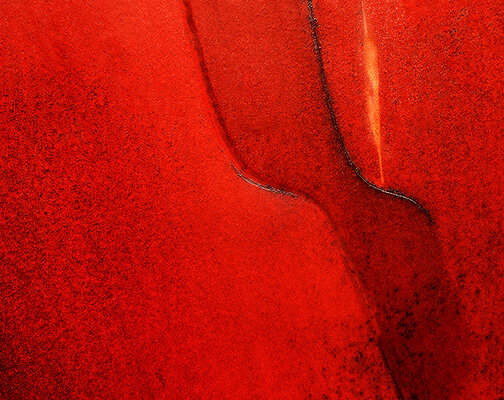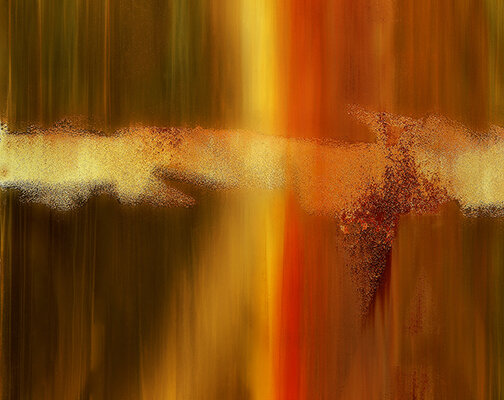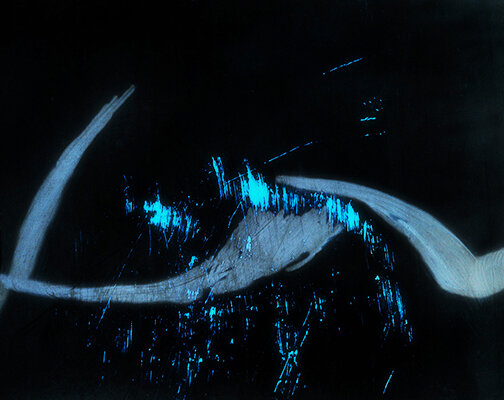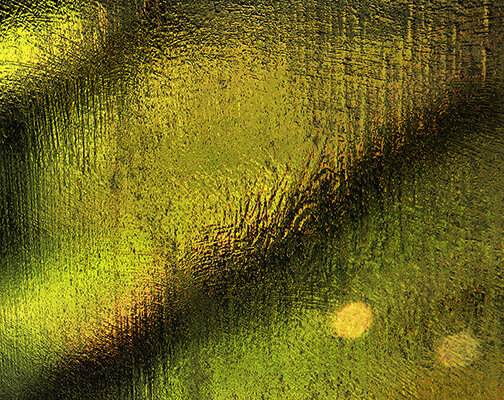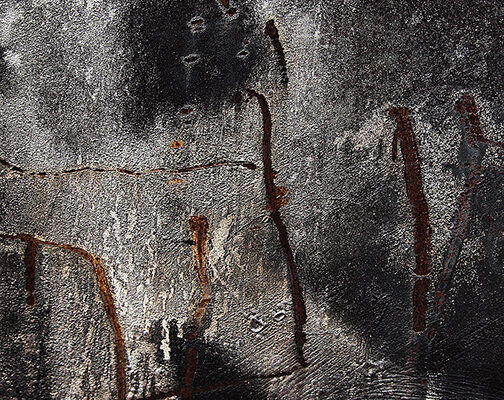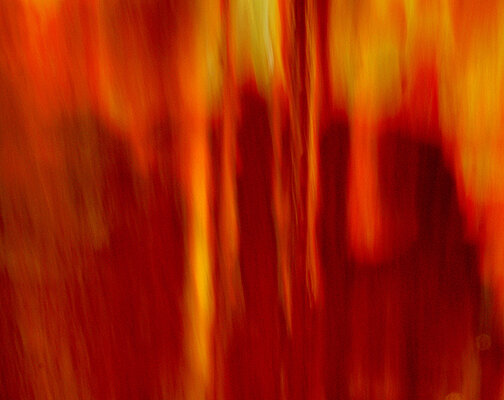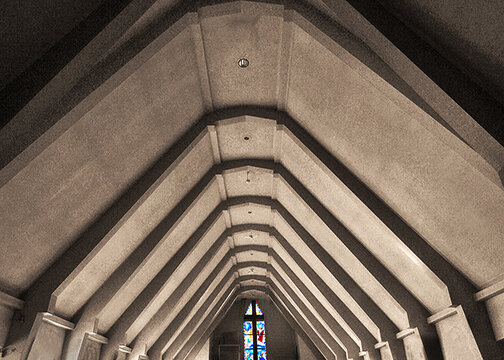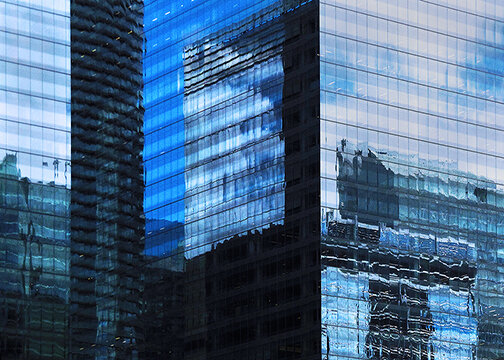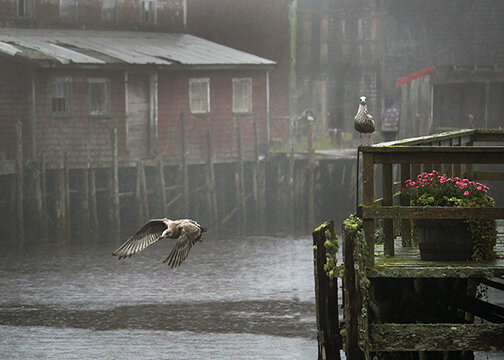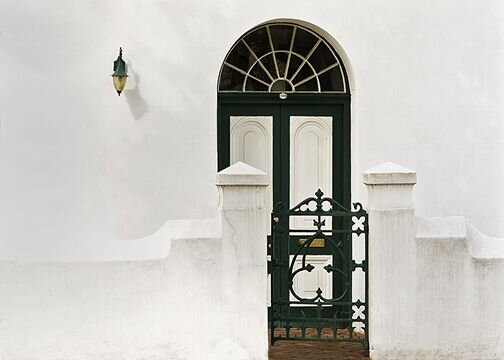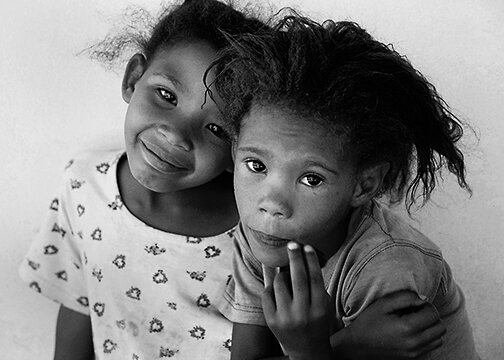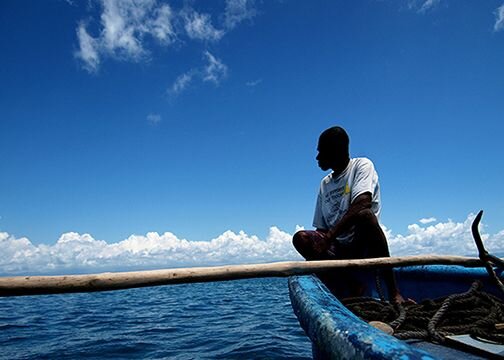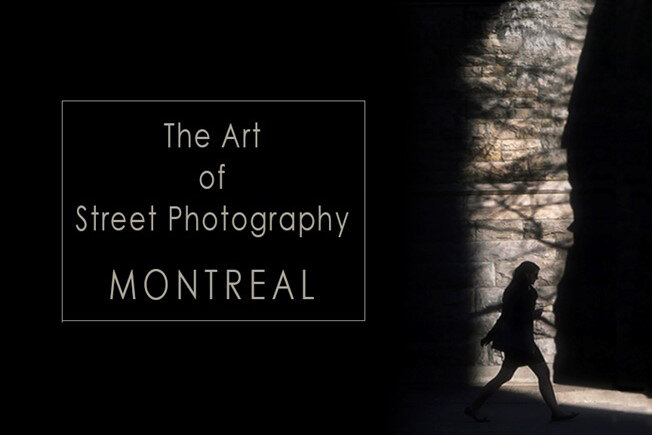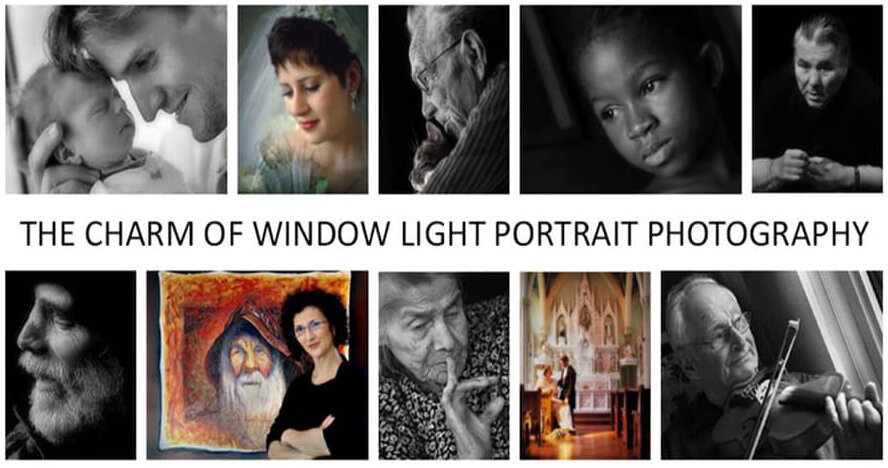Winter can be a photographer’s wonderland and shooting in winter can be quite enjoyable. However, there are some undeniable factors you need to be aware of such as the influence of the bright white snow and sunlight glare has on your exposure meter.
Most people who relish in the awe-inspiring beauty of fall colours often become completely lost in the “fall is over and now what do I photograph?” mode. With that said, I personally think that there isn’t anything quite as magical and spectacular as a fresh snowfall blanketing a landscape.
Snow can be an inspiring photographic subject, whether you’re photographing mountain landscapes or abandoned barns in a storm. However, snow is also challenging to photograph and many photographers find that the bright snow scene in front of their lens unexpectedly turns into a gloomy gray image once the shot is made.
This article illustrates why that happens and how to correct it for fantastic snow photos during the winter season.
Here is a list of tips for winter and snow photography that will help you take incredible photos and protect your camera equipment.
PROTECT YOUR EQUIPMENT
While this may not be a photo capturing tip, a serious photographer is prepared at all times for any and all conditions. It’s essential to keep your equipment protected, dry and operating at its optimal capacity because without that, these tips will not be of much use.
Taking Care Of Your Gear
Any kind of cold weather conditions call for added care when it comes to camera equipment. Without appropriate care and planning, not only can your shooting time be cut short, but it can also negatively impact the life expectancy of your kit. However, there are some fairly easy and economical ways to keep your camera gear going the distance in chilly conditions.
The Camera
It’s actually quite remarkable how digital cameras perform well in cold temperatures. I have never had mechanical difficulties with any of my SLR’ s, in temperatures down to -32 C. The battery will continually be the weakest link in the system and you will need to keep a close eye on the power gauge. When it gets low, change the battery for a warm one (I usually have two spares inside my jacket). Once the cold battery is warmed up, it will recoup most of its charge and will be good to use again. In extremely low temperatures, the LCD screen on top of the camera will become sluggish and sooner or later totally fade out. Luckily, the rear display screen is immune to this issue, so you can use it to monitor and adjust your settings.
Tip 1: I use a cable release and stuff it inside my left glove. That way, I can operate the camera shutter with warm fingers.
Tip 2: Composing your image can be quite tricky if you are looking through the cameras viewfinder. If you unintentionally breathe on it, your lovely scene will be swapped with a frosty cloud of fog or ice that will remain for quite a while. I carry some Q-tips in a plastic bag in case I have to deal with that problem.
Tip 3: A lens hood is advised for winter photography. It will significantly reduce sun glare shining on the glass as the sun reflects on the bright white snow, thus resulting in clearer and more saturated photos. Be mindful of snow that might gather inside a lens hood in windy conditions.
Tripod
An additional piece of camera equipment that many don’t consider is the tripod. Chances are that your tripod is made of aluminum or carbon fiber, both get extremely cold in freezing conditions. This can make holding the tripod quite unpleasant, especially if you are carrying it barehanded, which is something I sincerely do not advise. Buying foam-insulated wraps that cover each tripod leg is a great and economical investment. They make it more comfortable to rest your tripod on your shoulder while wandering around. These wraps will also make holding and manipulating it far more tolerable in freezing temperatures. I can vouch that it is one of the best investments I have made as a photographer.
POST-SHOOTING PRECAUTIONS
Let’s talk about equipment safeguards to use post-shoot. After being in the cold photographing for hours, you are now longing to cozy up in a warm room with a hot cup of tea, hot chocolate or maybe something stronger.
More than likely, you will want to examine the photos you just took. It’s vitally important that you ensure the safety of your photos as well as that of your gear.
Before you settle in, make sure you take the proper steps in order to allow your camera gear to acclimatise itself to the abrupt change in temperature.
The first step is to remove all media cards from your camera and place them in a dry, safe place such as a plastic case or a bag that you keep in your pocket. You must do this before going inside with your gear. I assure you that condensation will likely form the second you walk in and you do not want to mess around with media cards when that takes place. Then, bring your camera and lenses using some simple yet important gear saving steps.
As you can expect moisture of any kind can be detrimental to lenses and cameras and should be avoided as best as possible. To remedy this issue, I strongly recommend sealing each camera and lens in its own air-tight plastic bags, like Ziploc bags, before heading into a warm environment. Doing so will allow for any condensation to form on the bag instead of on your camera gear. You’ll want to keep your equipment sealed in these bags for a few hours, until they reach room temperature. Also, tossing a few silica gel packs in your camera bag, to further absorb any moisture from melting snow or condensation would be extra insurance against moisture.
EXPOSURE COMPENSATION
Exposure compensation is especially important and the simplest way to get around your camera’s propensity to underexpose bright subjects and overexpose dark ones.
Your camera’s metering system thinks that everything it sees reflects 18% of the light. Of course, snow reflects a lot brighter than 18% gray, the camera will meter for gray, not white.
You will want to overexpose when it comes to snow photography to counteract for your camera’s meter system which will adjust for middle grey. If you do not compensate, the snow is likely to appear grey instead of pure white.
When shooting on an automatic mode (P – AV or A – TV or S) moving your exposure compensation dial by +1 to +2 stops will end up giving you white snow. You will want to experiment with adding more exposure, anywhere from +1/3 to +2 stops exposure compensation, so play around until you find what you like.
So how do you accurately meter in snowy environments? Here are four tips to guide to get great exposures when shooting in snow.
Manually compensate your metering
When you meter snowy scenes, you can be certain that most likely your meter will underexpose. Consequently, what you will need to do is compensate by adding some additional stops, in other words adding more light.
Here are some general guidelines that you can use in different weather conditions:
Snow and weather conditions EV Compensation (EV = Exposure Value)
Snow with clear sunny skies +2 to 3 EV.
Snow with slight overcast +1 to 2 EV.
Snow with overcast or in open shade +2/3 to 1 EV.
For example, if you want to compensate by +1 stop and your meter tells you that at f/11 your shutter speed should be at 1/800, slow down the shutter to 1/400 sec or open up the aperture to F/8. Choose one or the other, shutter speed or aperture.
Notice highlights
Another challenge with snow is that any white subject photographed in relatively bright light is at danger of losing detail with overexposure. Once a scene has overexposed highlights, there is usually not much that can be done in editing to bring back the lost detail. So, avoid these disastrous ‘blown out’ highlights.
Histograms
A histogram is a graph that illustrates the distribution of pixel brightness in each image. It is visible on the rear LCD screen when the camera is on Live View or in playback, it is a useful way to evaluate exposure.
Histograms are mountain-shaped graphics; the height of each peak indicates how many pixels were recorded at particular brightness levels. The most important part, however, is how the display looks side-to-side. The left side of the chart represents shadow tones and the right side represents bright highlight areas and the center represents mid-tones.
White balance
The White Balance (WB) adjusts the hue for the light source you are shooting in, to end up with a natural colour rendering of the scene. Many photographers simply let the camera adjust this automatically, with Auto White Balance (AWB). Personally, I prefer the fixed, pre-set white balance settings, such as Daylight, Cloudy, Shade, and Tungsten. The pre-set White Balance options are quite precise, but you have to keep in mind to use the one that is the closest fit to the light source and weather conditions.
For example, on sunny days with clear blue skies and no cloud diffusion snow will pick up the blue tint of the sky. Experiment with the Cloudy or Shade settings to warm-up the overall colour to offset that blue colour cast.
FINAL THOUGHTS
The winter season can be a spectacular time to go outside and grow your photographic collection. When the ground is shrouded in a layer of white, even familiar surroundings can become completely different scenes and give many new opportunities to create exceptional images.
Winter being a season that presents specific challenges that photographers don’t have to contend with in other seasons, it is my heartfelt hope that this article has offered some valuable tips. With years of photography in all seasons, I have acquired some experience that I enjoy sharing to help make your photo outings more pleasurable. During this beautiful winter season, it is my desire that you will learn, grow and be happy with beautiful “white” images.
Keep in mind that you will need to experiment, practice and have fun while creating and building your winter images.








